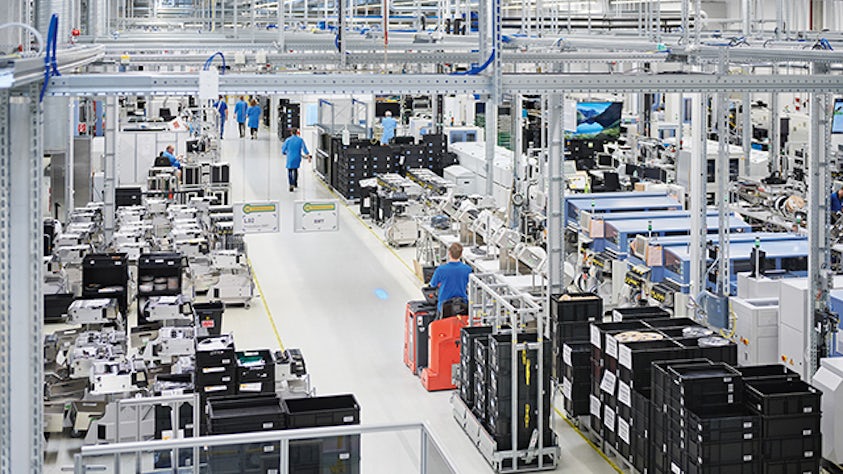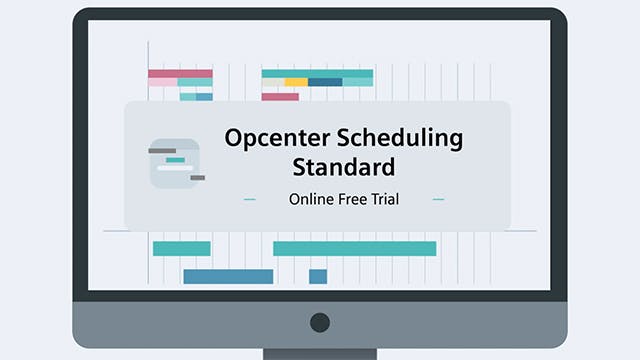DDMRP wurde entwickelt, um Überbestände und Engpässe in der Fertigungslieferkette zu reduzieren. Der übergeordnete Zweck der bedarfsgesteuerten Materialbedarfsplanung zielt darauf ab, die Schwierigkeiten und Unzulänglichkeiten herkömmlicher Planungsansätze für moderne, komplexe Lieferketten zu überwinden.
DDMRP unterscheidet sich von der traditionellen Materialbedarfsplanung (MRP 1) und der Lagerfertigungsplanung (MTS), da sie weniger auf Prognosen angewiesen ist. Es hilft auch, die Herausforderung der langen Vorlaufzeiten zu meistern, die mit der Auftragsfertigungsplanung (MTO) verbunden sind. DDMRP bestimmt, wo in der Lieferkette strategische Bestandspuffer platziert werden müssen und wie groß diese Puffer sein sollten.
Die Bestandspuffer, die in der bedarfsgesteuerten Materialbedarfsplanung verwendet werden, werden auch als "Entkopplungspunkte" bezeichnet. Dies liegt daran, dass jeder Bestandspuffer dazu beiträgt, sequenzielle Durchlaufzeiten zu unterbinden, die sich sonst anhäufen und die Lieferzeit auf ein inakzeptables Niveau verlängern. Wenn z. B. ein Bestandspuffer zwischen einer komplexen Zwischenkomponente und dem Montageschritt erstellt wird, der diese Komponente in das Endprodukt einarbeitet, dann wird die Lieferzeit für das Endprodukt von der Durchlaufzeit für die komplexe Komponente entkoppelt.
Die verkürzten Durchlaufzeiten, die durch die bedarfsgesteuerte Materialbedarfsplanung geboten werden, tragen dazu bei, einen der kritischen Nachteile von Auftragsfertigung und anderen Pull-Vorgängen zu mildern. Da Kundenaufträge konventionelle MTO-Vorgänge auslösen, finden alle Produktionsvorgänge zwischen dem Zeitpunkt des Auftrags und dem Zeitpunkt der Lieferung statt. Durch die effektive Verlagerung einiger Produktionsvorgänge in den Zeitraum vor dem Auftragseingang verkürzt DDMRP die Zeit bis zur Lieferung.
Die bedarfsgesteuerte Materialbedarfsplanung greift einige Aspekte der Disposition 1 auf und kombiniert sie mit Elementen aus anderen Produktionsverfahren. Insbesondere verwendet DDMRP eine Lean-Manufacturing-Pull-Methode , um die Warteschlangen bei jedem Betrieb zu begrenzen, und legt den Schwerpunkt auf die Reduzierung der Variabilität durch Six Sigma in der Fertigung.
Verwandte Produkte: Opcenter Advanced Planning and Scheduling


